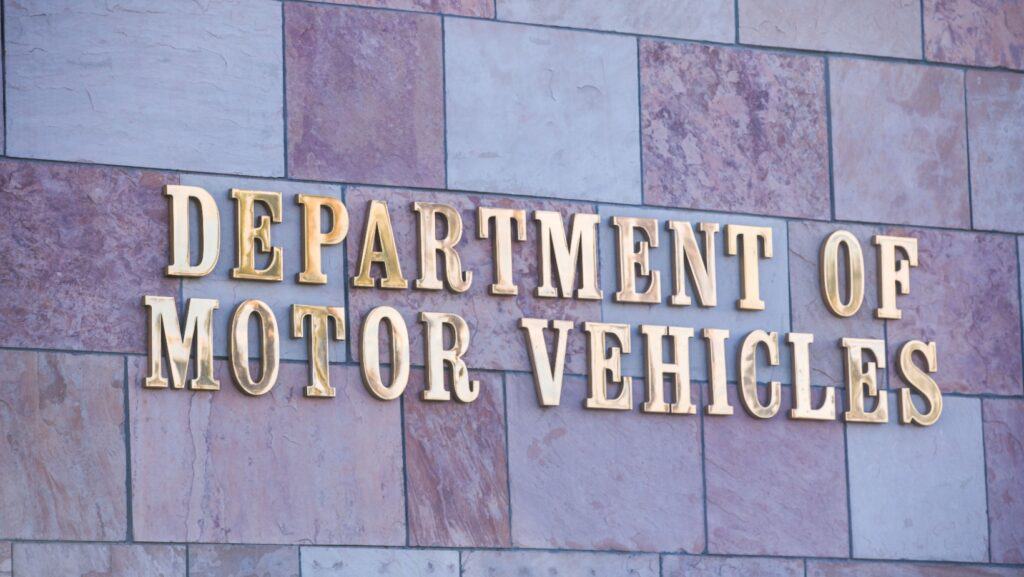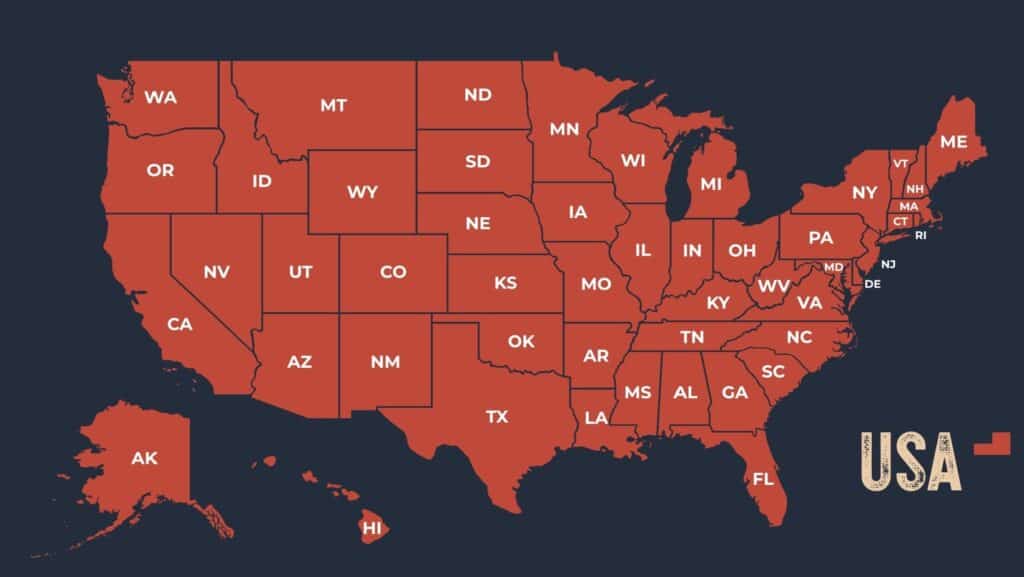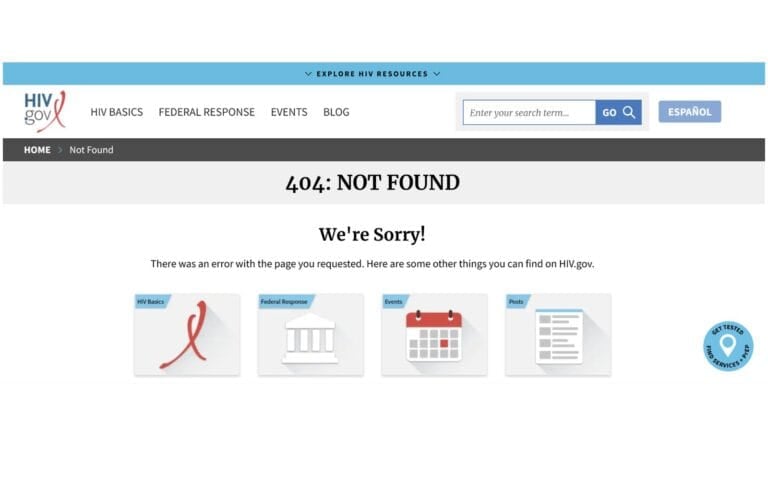REAL ID: The 2025 Deadline, What It Means, and How to Get Yours
In a country where we already show ID for everything from boarding a plane to buying a six-pack, you might be wondering why the federal government introduced yet another form of identification. But the REAL ID isn’t just another card—it’s a nationwide standard designed to make our identity documents more secure. Whether you travel frequently or just want to stay ahead of the curve, understanding what the REAL ID is—and what the looming deadline means—is essential. Here’s what you need to know.
What Is the REAL ID?

The REAL ID Act was passed by Congress in 2005 in response to the 9/11 Commission’s recommendation to set national standards for the issuance of identification documents. Prior to the law, states were allowed to issue driver’s licenses and ID cards with widely varying standards. Some states didn’t require proof of lawful presence in the United States. The REAL ID aims to close those gaps.
In practical terms, a REAL ID is a state-issued driver’s license or identification card that meets federal security standards. These IDs are recognizable by a star symbol—either gold or black—on the top right corner of the card. If your ID doesn’t have the star, it’s not REAL ID compliant.
The goal? To enhance national security by making it harder to use fake IDs to access secure federal facilities, nuclear power plants, and most importantly for everyday Americans: commercial flights.
What’s the 2025 Deadline?

The Department of Homeland Security (DHS) originally set the REAL ID enforcement deadline for 2008. But it was pushed back multiple times due to state compliance issues and the COVID-19 pandemic. The most recent—and supposedly final—deadline is May 7, 2025.
That means starting May 7, 2025, you will not be allowed to board a domestic flight in the U.S. or enter certain federal buildings unless you present a REAL ID-compliant license or an acceptable alternative, such as a passport, passport card, or Department of Defense ID.
So, if your current driver’s license or state ID doesn’t have that star symbol, now is the time to take action.
Who Needs a REAL ID?

Not everyone needs a REAL ID, but here’s who should strongly consider getting one:
- Anyone who flies domestically within the U.S.
- Individuals who visit secure federal facilities (like military bases or nuclear sites—not your local post office).
- People who don’t have or don’t want to carry a passport for identification.
If you already use your U.S. passport at airports—even for domestic travel—you don’t technically need a REAL ID. But many travelers like the convenience of using a driver’s license at the TSA checkpoint instead of juggling travel documents.
What Documents Do You Need to Get a REAL ID?

Here’s where it gets real. To obtain a REAL ID, you’ll need to provide several original or certified documents to your state’s Department of Motor Vehicles (DMV) or licensing authority.
Though the exact documents can vary slightly by state, the federal government requires that all applicants present:
- Proof of identity – Typically a valid U.S. passport or a certified birth certificate.
- Proof of Social Security number – Such as your Social Security card, a W-2, or a pay stub with your full SSN.
- Two documents proving residency – Utility bills, lease agreements, or bank statements with your name and address.
- Proof of lawful status – For non-citizens, this could be a permanent resident card or visa documentation.
Married or divorced? If your name doesn’t match your identity document (for example, your birth certificate says one thing and your driver’s license says another), you’ll also need legal name change documentation, such as a marriage certificate or court order.
It’s a good idea to check your state’s DMV website for the exact list and any state-specific quirks before you head to the office. Some states let you start the application process online.
Where Do You Go to Get a REAL ID?

You’ll need to go to a state DMV or driver’s licensing office in person—REAL IDs cannot be issued online in most cases due to the need to verify original documents. Be prepared for a potentially long wait, especially as the May 2025 deadline approaches and demand surges.
Some states are offering appointments to make the process more efficient. Others have designated certain DMV locations as REAL ID-ready centers. Again, checking your local DMV’s site is key.
Does It Cost Anything?

Yes, but usually not much more than a regular driver’s license. The REAL ID is typically issued when you renew your license and may carry a small additional fee—usually between $5 and $30—depending on the state. If your current license isn’t up for renewal but you want a REAL ID now, you may need to pay for a replacement or early renewal.
Are Any States Still Not Compliant?

As of 2025, all 50 states and U.S. territories are either fully compliant or in the final stages of rolling out REAL ID issuance. You can find the updated compliance map at the official Department of Homeland Security site.
What Happens If You Miss the Deadline?

If you show up at an airport after May 7, 2025, with a regular, non-compliant license, you won’t be allowed through TSA screening unless you have an alternative acceptable form of ID. That includes:
- A valid U.S. passport or passport card
- A DHS Trusted Traveler card (Global Entry, NEXUS, SENTRI)
- A U.S. military ID
- A permanent resident card
- A federally recognized tribal-issued photo ID
So yes, you can still travel—just not with that old license.
Can Minors Fly Without a REAL ID?

Yes. TSA does not require children under 18 to have identification when traveling with a companion within the United States. However, the adult they are traveling with will need to have acceptable ID, including a REAL ID after the deadline.
Why the Confusion?

Many Americans remain confused about what the REAL ID is and isn’t. Part of the confusion stems from inconsistent state rollouts and messaging. Some states automatically upgraded licenses at renewal, while others required people to specifically ask for a REAL ID. And not all compliant IDs are clearly labeled, adding to the mix-up.
To double-check if your ID is REAL ID compliant, look for the star symbol—but if you’re unsure, contact your state DMV for clarification.
Final Thoughts

The REAL ID isn’t about limiting your freedom—it’s about standardizing identification to protect all Americans. With the deadline coming up on May 7, 2025, now is the time to gather your documents and get your REAL ID squared away—especially if you plan to travel or access federal buildings in the near future.
Getting one might involve a trip to the DMV and a little paperwork, but it’s a relatively small hassle for peace of mind and travel convenience. Don’t wait until the lines are out the door. Your future self, standing calmly at the TSA checkpoint with a valid ID in hand, will thank you.
When Do You Really Need to Show Your ID? Understanding Your Rights In 2025

In the United States, carrying identification is not legally required in many situations, but having the right form of ID can make daily life significantly easier. From driving a car to boarding a flight, certain forms of identification are legally required. However, there are also many scenarios in which you are not legally obligated to show your ID, despite common misconceptions. This article explores what types of identification U.S. citizens and immigrants should carry, who has the right to ask for ID, and when you can refuse to provide it.
Please note that suggestions and requirements may change. With the new, second Trump administration, this has become something to keep track of.
READ: When Do You Really Need to Show Your ID? Understanding Your Rights In 2025
Join Us

Join us on this empowering journey as we explore, celebrate, and elevate “her story.” The Queen Zone is not just a platform; it’s a community where women from all walks of life can come together, share their experiences, and inspire one another. Welcome to a space where the female experience takes center stage. Sign up for our newsletter so you don’t miss a thing, Queen!







